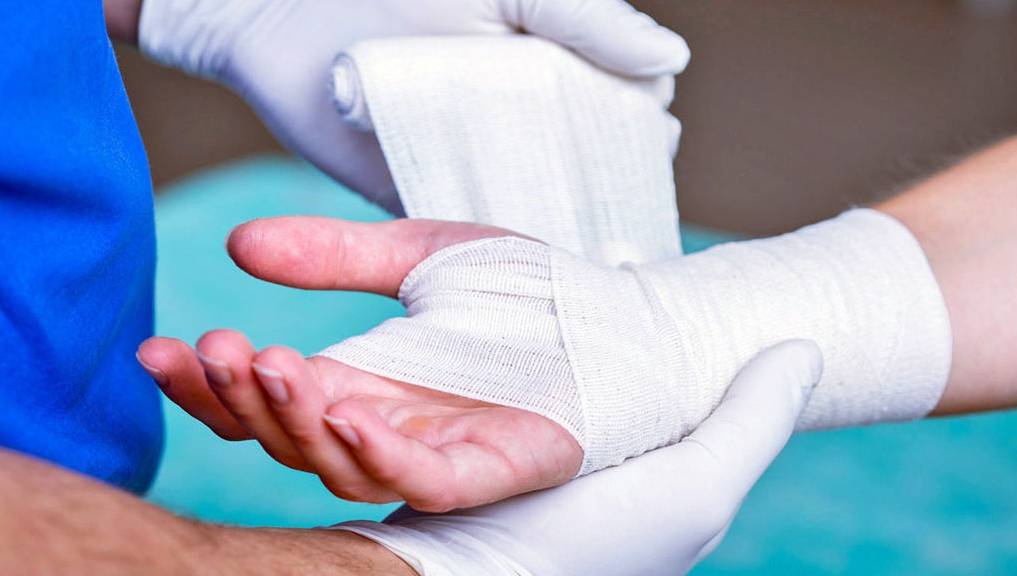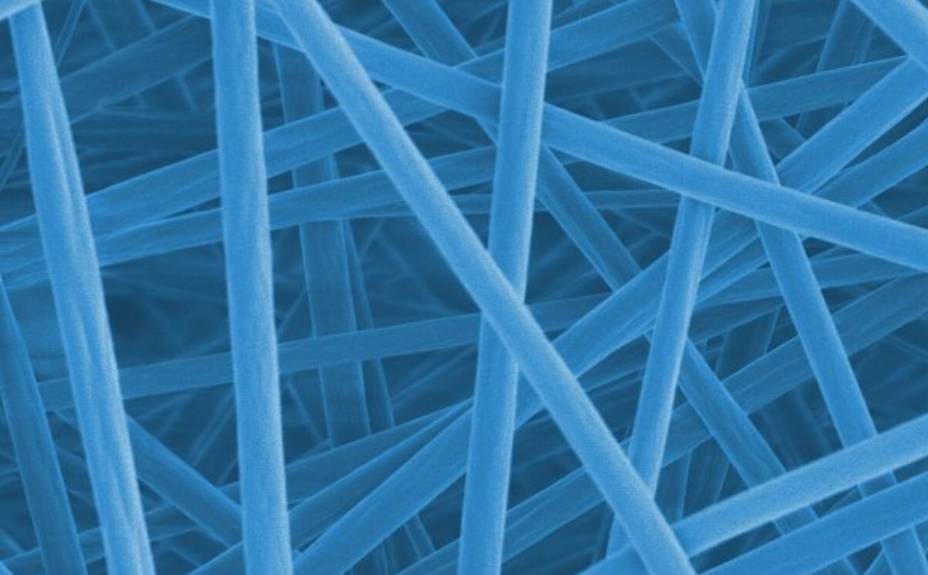Protection of the wound from infection - a bandage that injects an antiseptic if necessary

Researchers at a Swiss research center have created an unusual bandage. It acts as a standard dressing, but when the infection escalates, it releases an antiseptic agent onto the infected tissues.
Modern doctors prefer not to abuse antibiotics. Often, in addition to benefits, they bring many side effects. And when the dose is exceeded, the positive effect is reduced due to the fact that the infection adapts. Experts have long been looking for a solution that allows the use of drugs only when necessary. At the same time, it is important to respond in a timely manner to a change in the state, the therapeutic effect largely depends on this.
The second problem with the use of dressings is their opacity. Because of this, it is difficult to control the condition of the affected tissues, the effectiveness of treatment is reduced due to the fact that periodically it is necessary to disturb the wound for inspection and treatment.
Research on the development of new generation dressings has been going on for more than a decade. As a result, a bandage was created that responds to an exacerbation of the infection. At the same time, the body temperature rises, which is the trigger for the release of the drug. The new generation bandage is made using two polymers - biocompatible Eudragit and a mixture of several components called PMMA. Thanks to the use of nanofibers, a thin membrane is obtained, under which there is octenidine dihydrochloride, an antiseptic used in the treatment of wounds.

This is what a nanofiber membrane looks like under a microscope
The dressing works by changing the body temperature in the wound area. While it is normal, the composition is in a solid state. If it rises to 37 degrees or more, the polymer layer warms up and begins to release an antiseptic, thereby relieving inflammation.
The process continues until the temperature returns to normal. If it drops to normal, the drugs again turn into a solid state. Due to the fact that the bandage can release the antiseptic composition up to 5 times, it is possible to change the bandage much less frequently.
Today, developers are working on improving the dressing material, lowering the heating threshold in order to ensure the release of the drug with a slight increase in temperature. Research is also underway on the use of different types of drugs, including antibiotics, to make the bandage universal and provide a good therapeutic effect for various diseases.
Information